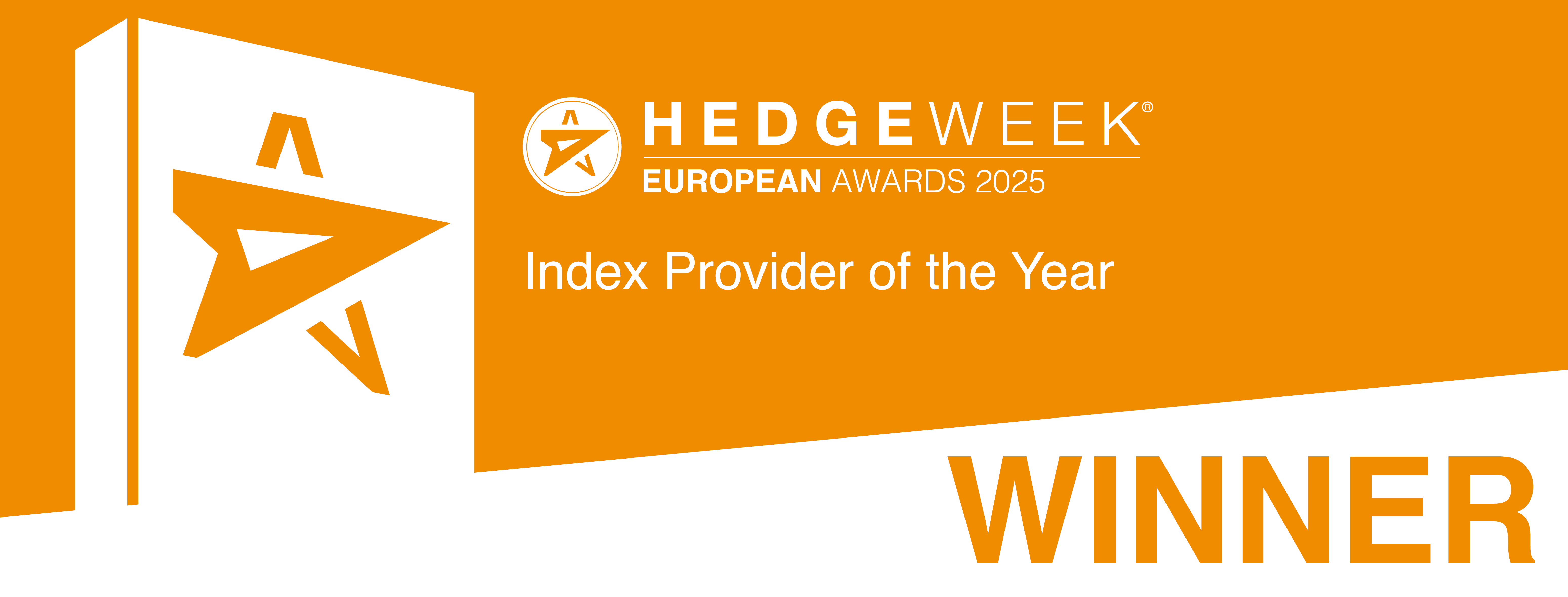London (17 April 2019) – CryptoCompare published its March 2019 Exchange Review today, offering institutional and retail investors insights into key developments in the cryptocurrency exchange market and its participants.
As with previous reviews, it covers exchange rankings by volume; country analysis and predominant fee type model; derivatives and institutional products; fiat, bitcoin and stablecoin volumes. It is also focused on how volumes have developed historically for the top trans-fee mining and decentralised exchanges.
Charles Hayter, CEO of CryptoCompare, said: “We continue to see great appetite from both retail and institutional investors to capitalise on the opportunities crypto asset trading can bring. And we have seen crypto markets taking positive steps in two main areas in order to attract institutional investors: the development of a nascent crypto derivatives market, and better trading tools.”
Highlights of the macro analysis and market segmentation include:
- Country Analysis: Malta-registered exchanges represented the majority of trading volume, followed by those legally registered in Hong Kong and South Korea. Monthly trading volume from Malta-registered exchanges increased 56% since February, while that of Hong Kong and South Korea-registered exchanges increased 54% and 21% respectively.
- Predominant Fee Type: Exchanges that charge taker fees represented 84% of total exchange volume in March, while those that implement trans-fee mining (TFM) represented 14%. Fee-charging exchanges traded a total of 272 billion USD in March, while those that implement TFM traded 51.3 billion USD.
- Crypto Exchange Derivatives: OKEx* traded the highest average daily derivatives volume in March (swaps and futures) at 1.5 billion USD, followed by Bitflyer Lighting (XBTJPY perpetual futures) at 1.14 billion USD and BitMEX (XBTUSD perpetual futures) at 645 million USD. Exchanges Deribit (73.6 million USD) and CryptoFacilities (26.1 million USD), still represent only a small proportion of this derivatives volume sample.
- Institutional Products: Regulated bitcoin derivatives product volumes are still dominated by CME. This is followed by Grayscale’s GBTC product, and CBOE’s bitcoin futures. The average trading volume of regulated Bitcoin futures products decreased in March. CME’s bitcoin futures product volumes decreased from 98.9 million USD to 70.5 million USD (-29%) in March. Meanwhile, CBOE’s bitcoin futures volume decreased from 5.6 million USD to 4.7 million USD (15.9%) as they have chosen to cease listing additional bitcoin futures products in the near future.
- Fiat Capabilities: March saw a sharp increase in volume from crypto to crypto exchanges. Trading volume from exchanges that offer only crypto pairs increased by 70% (267 billion USD) since February, while those that offer fiat pairs decreased 8% to 58 billion USD. Following this increase in crypto to crypto trading volume, crypto to crypto trading volume represented 82% of total spot volume in March, up from from 71% in February.
- Bitcoin to Fiat Volumes: Bitcoin to USD trading comprised 46% of the total Bitcoin to fiat volume, similar to February. BTC/JPY represented a 20% share of Bitcoin to fiat trading in March, down from 30% in February, whereas Bitcoin to KRW trading increased its market share to approximately 10%. In absolute terms BTC to USD volumes continued to decrease, from 1.24 million BTC in February to 0.92 million BTC in March (-26.2%). Bitcoin trading into JPY experienced a sharp 47% decrease in volume from 0.9 million BTC to 0.48 million BTC. Meanwhile, BTC trading into KRW increased by 41%, from 0.15 million BTC in February to 0.21 million in March. USD, JPY, EUR and KRW made up 95% of total trading from Bitcoin into fiat currencies.
- Bitcoin to Stablecoin Volumes: In March, BTC trading into USDT represented 81.7% of total volume (traded into fiat or stable coin), totalling 8.9 million BTC. Last month, the BTC to USDT pair represented 70%. BTC trading into USDT totalled 8.9 million BTC in March, an increase of 43% since the previous month. Meanwhile, BTC trading into other fiat currencies has generally decreased, except for the KRW which increased 41% to 0.21 million BTC. USDT continues to be the most popular stable coin for trading with Bitcoin, followed by PAX, USDC and TUSD.
- Top Crypto to Crypto Exchange Volumes: The top 15 crypto to crypto exchanges all experienced a surge in monthly volume in March with an average increase of 66%. OKEx was the largest exchange by monthly volume at 31.2 billion USD (up 85%), followed by ZB and Binance at 27.3 billion (up 51%) and 24.7 billion (up 30%) USD respectively.
- Top Fiat to Crypto Exchange Volumes: Bithumb was the top exchange by total volume in March at 32 billion USD, followed by Upbit and Bitfinex. While crypto to crypto exchanges saw a surge in volume, top exchanges that offer fiat pairs experienced a general decrease in volume, except for South Korean exchanges Bithumb and Upbit. Bithumb’s total monthly trading volume in March increased by 21% to 32 billion USD. Meanwhile, Upbit traded a total of 7.2 billion USD (up 26%), followed by Bitfinex at 3.1 billion USD (down 28%). Coinbase, Kraken, Liquid and Bitstamp all experienced a decrease in volumes in March.
- Trans-Fee Mining Exchanges: All the top TFM exchanges saw a sharp increase in volumes in March. CoinBene was the largest TFM exchange, followed by ZBG and FCoin. CoinBene traded 17.8 billion USD in total volume in March, up 56% since February. ZBG traded 11.6 billion USD and FCoin traded 9.3 billion USD, up 37% and 128% since February respectively. CoinBene, ZBG and FCoin represent 76% of volume among the top 8 TFM exchanges.
- Decentralised Exchanges: Ethermium was the largest DEX in March, followed by OpenLedger and WavesDEX. Ethermium traded 336 million USD in monthly volume in March, up 42% since February. OpenLedger volumes increased by 17 % in March, to 31.4 million USD. WavesDEX saw a sharp 55% decrease in volume in March, from 69 million USD in February to 31 million USD. DEXs represent only a small fraction of global spot exchange volume (0.14%), trading a monthly total of 447 million USD in March.
The Methodology: CryptoCompare’s Monthly Exchange Review evaluates the consistency and quality of exchange data, which is incorporated into CryptoCompare’s real-time Aggregate Index Methodology (the CCCAGG), used to calculate the best price estimation of cryptocurrency pairs traded across global exchanges. It aggregates transactional data from more than 70 exchanges using a 24-hour volume weighted average for every cryptocurrency pair. Constituent CCCAGG exchanges are reviewed and amended each month to ensure that the most representative and reliable market data is used in CCCAGG pair pricing calculations.
Read the March 2019 Exchange Review:
English
Get the latest news & insights from MarketVector
Get the newsletterRelated:



